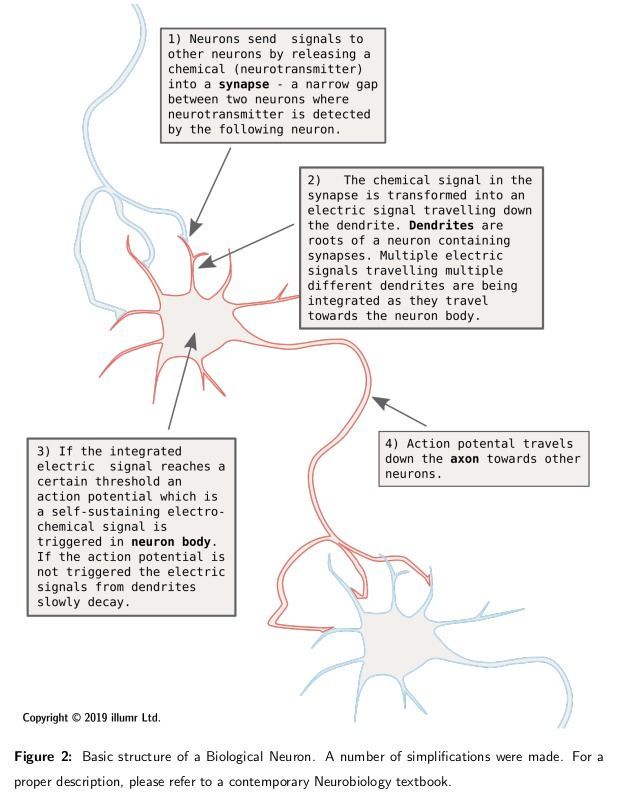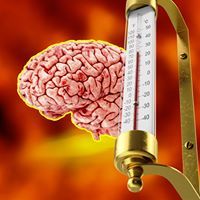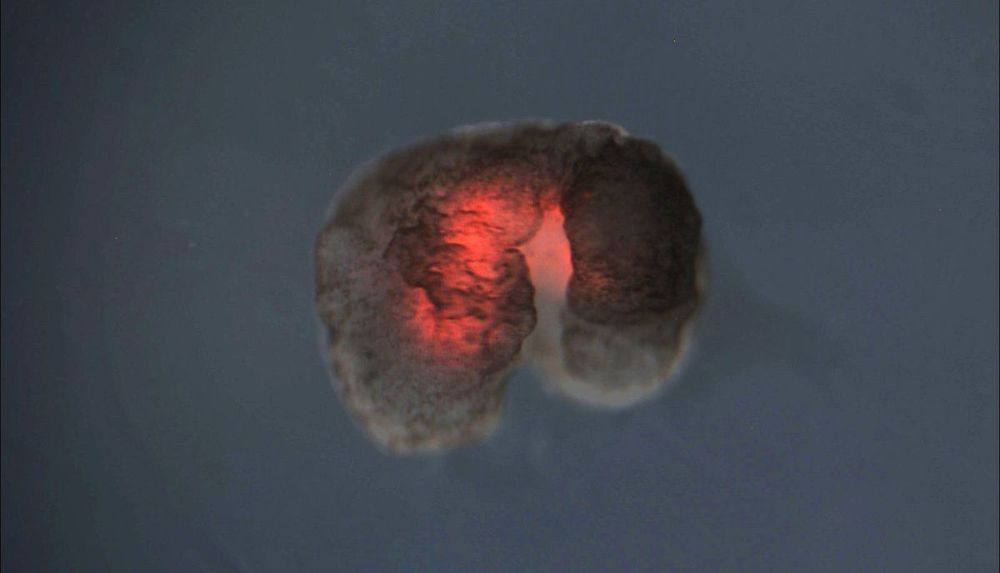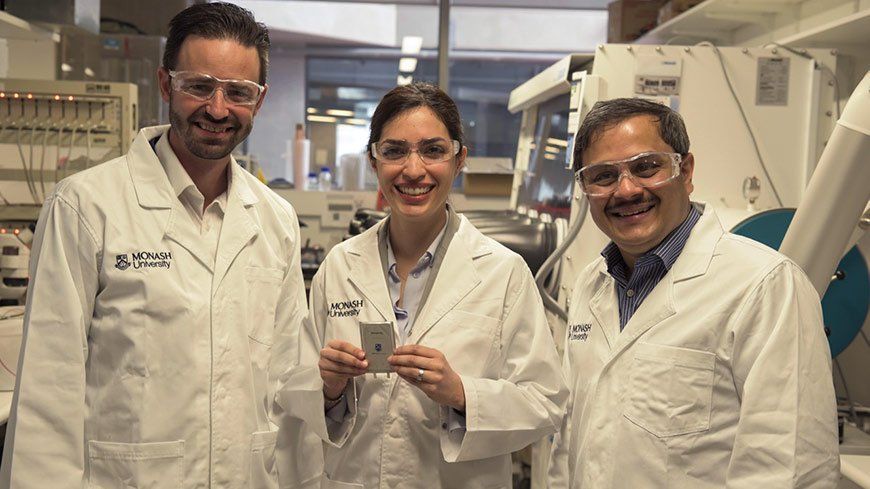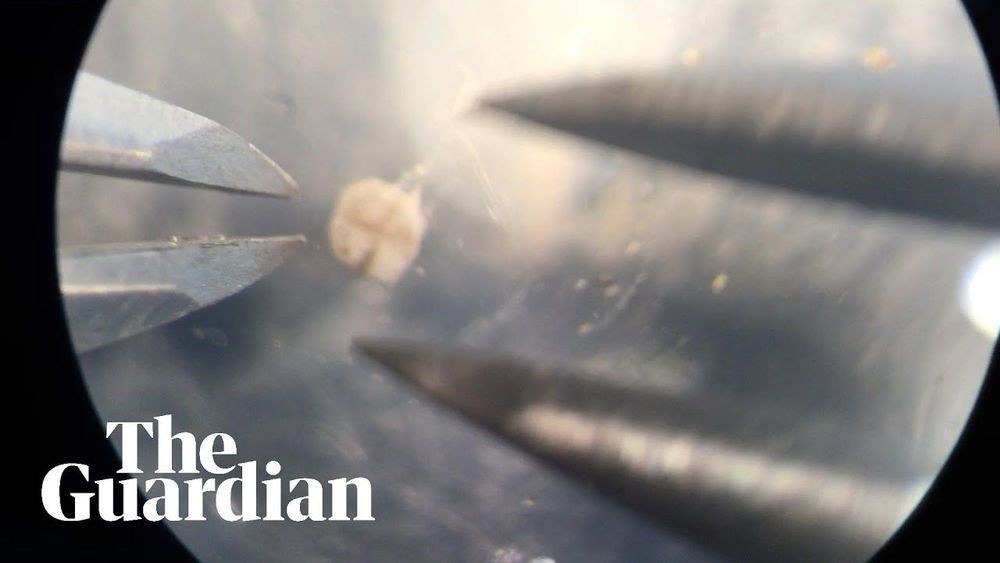Claims of a relationship between AI and Neuroscience are more common than ever. They are often used to imply a higher chance of success for a technology. Are these claims true or just a hype?
POHANG, South Korea, Jan. 15, 2020 — A research team from Pohang University of Science and Technology in South Korea (POSTECH) developed technology that allows diagnosis of diabetes and treatment of diabetic retinopathy by wearing smart light-emitting diode (LED) contact lenses.
It’s no surprise that the world is wasting billions of dollars on food, throwing out un-recycled trash, and filling landfills with other odds and ends. In fact, according to the Environmental Protection Agency, as of 2012 Americans generated 251 million tons of trash or garbage. Yikes!
There are creative ways to reduce the amount of waste such as source reduction, recycling, or even composting. A few people in the world strive to live an almost complete waste-free lifestyle by the practice of humanure.
We see refuse receptacles at work and around public places. However, even when garbage and recycle bins are available, some folks choose to throw away trash mindlessly by littering. What if there was a way to help reduce waste that goes beyond making sure trash gets into a bin?
Scientists have created the world’s first living, self-healing robots using stem cells from frogs.
Named xenobots after the African clawed frog (Xenopus laevis) from which they take their stem cells, the machines are less than a millimeter (0.04 inches) wide — small enough to travel inside human bodies. They can walk and swim, survive for weeks without food and work together in groups.
These are “entirely new life-forms,” said the University of Vermont, which conducted the research with Tufts University.
Australian researchers solve challenge that can unlock cheaper, longer lasting batteries and substantially increase EV range.
A Chinese facial-recognition database with information on thousands of children was stored without protection on the internet, a researcher discovered, raising questions about school surveillance and cybersecurity in China.
The cache was connected to a surveillance system labeled “Safe School Shield” and contained facial-identification and location data, according to Victor Gevers, a researcher at the Dutch nonprofit GDI Foundation, which scans the internet for vulnerabilities and flags them to owners for fixing.
Fungus Among Us
The idea is to ship dormant fungus to a Moon base and, once it arrives, give it water and the right conditions to trigger growth, according to a NASA press release. That would also require a supply of photosynthetic bacteria to provide the fungus with nutrients. Once the fungus grows into the shape of a structure, it would be heat-treated, effectively killing it and turning it into a compact brick.
“Right now, traditional habitat designs for Mars are like a turtle — carrying our homes with us on our backs — a reliable plan, but with huge energy costs,” lead researcher Lynn Rothschild said in the release. “Instead, we can harness mycelia to grow these habitats ourselves when we get there.”
